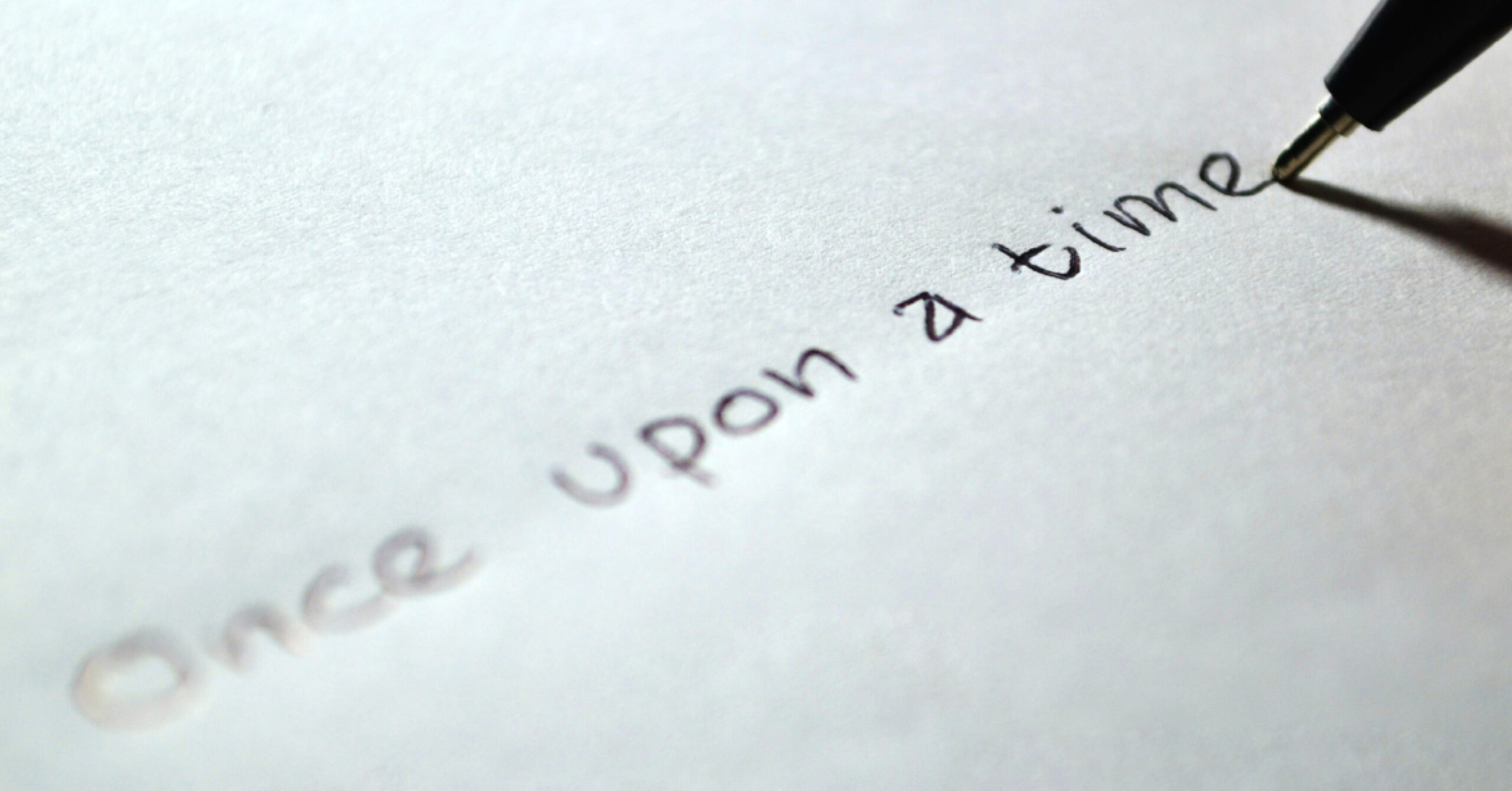Contents
- Foreword
- Want It More
- Bid Bingo
- Maximum Score
- Once Upon A Time

Many years ago, I presented at one of APMP UK’s earliest conferences on the other topic of proposal strategy. To illustrate my speech, I used a photo of my son Benedict – then aged four. He’d asked me: “What do you do at work, Daddy?”
Now, as a proposal manager, I struggle to explain what I do for a living when introduced to new people – say, friends of friends, at dinner parties. So, what on earth do you say by way of explanation to a child? My off-the-cuff answer: “I go to work to help business people tell stories.”
A little over a year ago, I was asked to step in at short notice to present at that year’s conference – discussing changes I’d seen in our profession since I was the association’s first CEO back in 2001. Amidst lots of developments, as organisations have increasingly started to understand the critical importance of their proposal functions, I permitted myself the use of one slide on something that hadn’t changed.
Benedict. Aged four. (Now seventeen, doing his A Levels, and woefully unimpressed by me using old family snaps in my presentations!)
See, the need for a compelling proposal strategy isn’t new. My colleague BJ Lownie coined the landmark phrase: “Why us, why not them?” And if you can’t answer that before you start to write – or pitch – you’re relying on hope: that the client will somehow, maybe, possibly, decipher reasons to choose you.
One of the earliest big bids I helped a client to win was in the IT sector. The feedback from the buyers at the end? “You won because you made it easy for us to sell you internally!” We must not only convince the evaluators – but equip them to tell our story too.
So, careful and creative review of the three Cs is called for every time:
– the Customer: the context for the bid; their drivers and anticipated benefits; our ever-popular “Spice Girls” question – “tell me what they want, what they really, really want”
– your Capability to take them on the journey that underpins any good story – from “once upon a time” (where are they now) to “happily ever after” (visualising success, and the value we will have unlocked)
– the Competition, via a bidders’ comparison matrix (and / or other similar tools).
And from that? Why on earth would they choose you, ahead of the other doubtless capable, professional, hungry bidders.
When I used Benedict’s photo at the most recent of the two conferences I mentioned earlier, I then played a little game. You might like to try it yourself….
Think of a recent proposal you’ve submitted. Grab a pen. In ten seconds, write down the three reasons the customer would have chosen you.
How did you fare?
If you struggled a little, that suggests you might need to give a little more thought to your proposal strategy next time around. If you passed with flying colours, here are the further tests:
– Would all of your colleagues working on the bid pass the test: would they have come up with the same three times, almost instantly?
– Would the customer be able to recite the same three messages?
– The real test: had your nearest competitor known that you were going to tell that story, and believed you could have brought it to life, would they have ‘no bid’?
The good news? This is one of the fun parts of the process. And it’s something that salespeople really get instinctively, even if they may need some training to focus on it properly in a proposal context.
The bad news? Most people in the room failed the test. It’s time to get serious about strategy, folks, if you’re committed to retaining and winning business in 2017. Mere ‘hope’ really isn’t enough.
So, can hope ever be a strategy?
I do believe that hope has a place in bidding, despite my reluctance to accept it as a strategy. However, it must be grounded in and understanding of the client’s needs, solid value propositions and a sense of realism. Only then do I believe it will bear fruit on a consistent basis. Hope based on delusion, false assumptions and anecdotal evidence must be called out early in the bid process to avoid simply making up the numbers.
In the context of all this expert advice and real world insight, do I still believe that my strategy of hope could one day get me in to space? It pains me to admit it but I can see the flaw in my own optimism – it’s certainly possible, just not that probable!
However, hope certainly has the power to motivate so I’m not ready to give up hoping just yet….